What Can be Included in Business Benefit Plans
- By Mark Bajus, CEBS
- •
- 01 Sep, 2017
- •

Benefit Plans come in all shapes and sizes. Common items include:
- Dental Coverage: cleanings, fillings, scaling, tooth extractions, root canals, gum disease treatments and more are included in a basic dental plan. Additional coverage can be added for crowns, bridges and dentures, and even further to include orthodontic treatments for children.
- Extended Health Coverage: prescription drugs, paramedical services such as chiropractors and massage therapists, medical devices like sleep apnea machines, semi-private hospital, ambulance and out of country travel coverage are all items generally covered. Vision care for glasses, contacts and eye exam costs can be added.
- Optional Insurance benefits can include Life Insurance and Income Replacement Disability Insurance, Accidental Death/Loss of Use, Dependent Life, Short Term Disability and Critical Illness.
Key components for Small Business to take advantage with employee benefit plans include:
- Affordability and Sharing – Group insurance rates are usually less expensive than comparable individual supplementary health insurance rates so analyse what savings are created when you introduce a plan. You may wish to share the costs of the play with your employees.
- Flexibility – Group Plans usually have less restrictions than individual plans on items like preexisting conditions, the addition of new family members, and restrictions based on poor health histories, are non-factors in a group insurance plan at enrolment.
- Tax Benefits – Premium dollars spent by an employer are tax-deductible for the business, and the employees (including owners!) receive the claim reimbursements tax-free. One of the only win-win scenarios in the Tax Act
Mark Bajus - CEBS, CLU, CFP - is the Director, Group Benefits for BF Partners. Learn more about Mark.


























